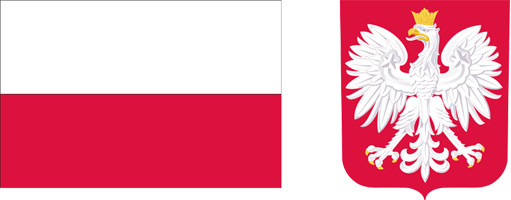Current issue
Archive
About the Journal
Aims and Scope
Editorial Board/Editorial Team
List of reviewers
Publishing process
Publishing Ethics and Malpractice Statement
Personal data protection (GDPR)
Creative Commons License
CrossRef Member / Similarity Check
For Authors
Call for papers
Guidelines for authors
Submitting a manuscript through the editorial system – step by step
For Reviewers
Peer review process
Guidelines for reviewers
Submitting a review – step by step
Contact
RESEARCH PAPER
ACCUMULATION AND DEPRECIATION IN THE CASE OF INDIVIDUAL FARMS OF THE POLISH FADN
1
Instytut Ekonomiki Rolnictwa i Gospodarski Żywnościowej - Państwowy Instytut Badawczy
Submission date: 2021-03-01
Final review date: 2021-03-12
Acceptance date: 2021-03-26
Publication date: 2021-06-21
Zagadnienia Ekonomiki Rolnej / Problems of Agricultural Economics 2021;367(2):73-83
KEYWORDS
TOPICS
ABSTRACT
The aim of the paper is to identify and evaluate the development opportunities
for farms in Poland in terms of area groups. The analysis covered the 2015-2019
period and was based on the results of individual farms keeping agricultural accounts
under the Polish FADN. The paper determined the level and rate of accumulation,
as well as the level of depreciation, taxes and fees, operating subsidies,
and the ratio of operating subsidies to public accumulation and support that the
farms receive under the Common Agricultural Policy (CAP).
The results indicate the financial and organizational diversity of the group of
farms. Very small, medium-large, large, and very large farms had a positive accumulation
rate. In this group of farms, the accumulation in terms of value covered
the depreciation, and even in the case of large and very large farms it exceeded
the depreciation. By contrast, small and medium-small farms were characterized
by negative accumulation rates, which was associated with the lack of reproduction
of fixed assets. These farms have no development opportunities.
In conclusion, the ratio of subsidies to public accumulation is the most beneficial
in the case of medium-large farms, where the ratio of subsidies to fiscal
burden was over 20:1. Very small farms receive the least benefits under the CAP
in terms of public accumulation. In this case, the ratio of subsidies to public accumulation
is approximately 2:1 throughout the entire research period.
Share
RELATED ARTICLE
We process personal data collected when visiting the website. The function of obtaining information about users and their behavior is carried out by voluntarily entered information in forms and saving cookies in end devices. Data, including cookies, are used to provide services, improve the user experience and to analyze the traffic in accordance with the Privacy policy. Data are also collected and processed by Google Analytics tool (more).
You can change cookies settings in your browser. Restricted use of cookies in the browser configuration may affect some functionalities of the website.
You can change cookies settings in your browser. Restricted use of cookies in the browser configuration may affect some functionalities of the website.



